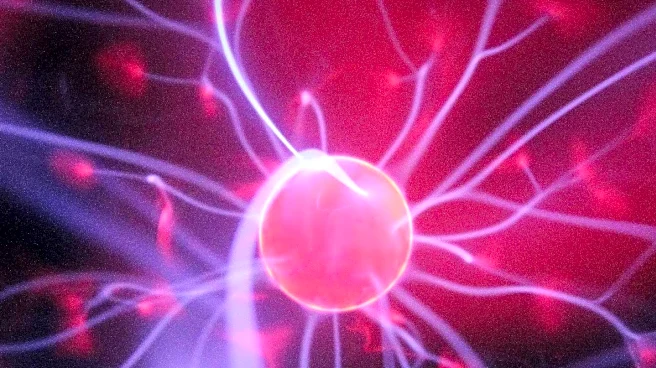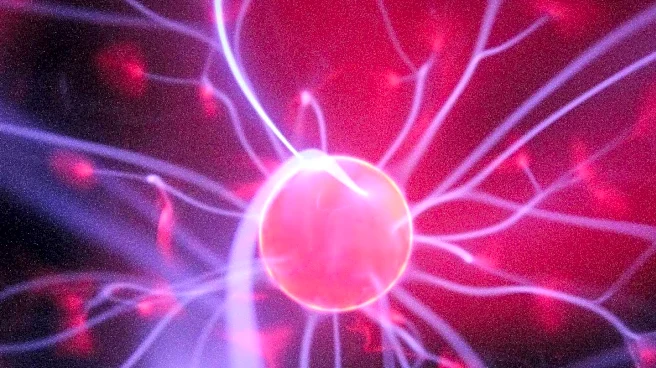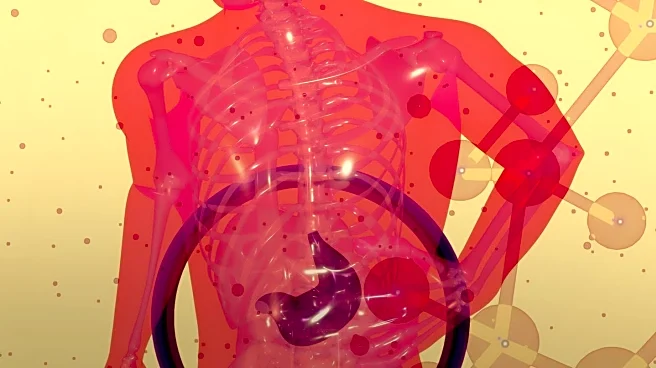What is the story about?
What's Happening?
A recent study has highlighted a potential neurobiological cause for trichotillomania, a psychiatric disorder characterized by compulsive hair-pulling. Researchers used SAPAP3 knockout mice, which lack a gene associated with compulsive grooming, to explore the disorder's underlying mechanisms. These mice exhibited behaviors similar to human trichotillomania, such as compulsive grooming and increased aggression, particularly under stress. The study found that these behaviors were linked to reduced activity in the nucleus accumbens, a brain region involved in reward and habit control. Additionally, an imbalance in dopamine signaling was observed, with elevated dopamine levels and altered receptor expression potentially driving repetitive behaviors. The research suggests that targeting dopamine pathways could offer new therapeutic options for managing trichotillomania.
Why It's Important?
This study is significant as it advances the understanding of trichotillomania's neurobiology, a disorder that affects approximately 1.7% of adults and is often classified under obsessive-compulsive and related disorders. The findings could lead to the development of targeted treatments that address the dopamine imbalances and circuit dysfunctions identified in the study. This is particularly important given the limited pharmacological options currently available for trichotillomania. By identifying specific neural pathways and molecular interactions involved in the disorder, the research opens up possibilities for more effective interventions, potentially improving the quality of life for those affected.
What's Next?
Future research may focus on developing treatments that specifically target the dopamine pathways and synaptic interactions identified in the study. Additionally, the role of oxytocin, which showed complex effects on grooming and aggression in the study, could be further explored as a potential therapeutic avenue. Researchers may also investigate the sex-specific vulnerabilities observed, as female mice exhibited more severe grooming behaviors, mirroring the higher prevalence of trichotillomania in women. These insights could lead to more personalized treatment approaches.
Beyond the Headlines
The study raises ethical and privacy considerations regarding the use of genetic models in psychiatric research. It also highlights the need for a deeper understanding of the social and environmental factors that may exacerbate compulsive behaviors. The potential for new treatments based on these findings could shift the current therapeutic landscape for trichotillomania, emphasizing the importance of integrating biological, psychological, and social approaches in mental health care.
AI Generated Content
Do you find this article useful?











